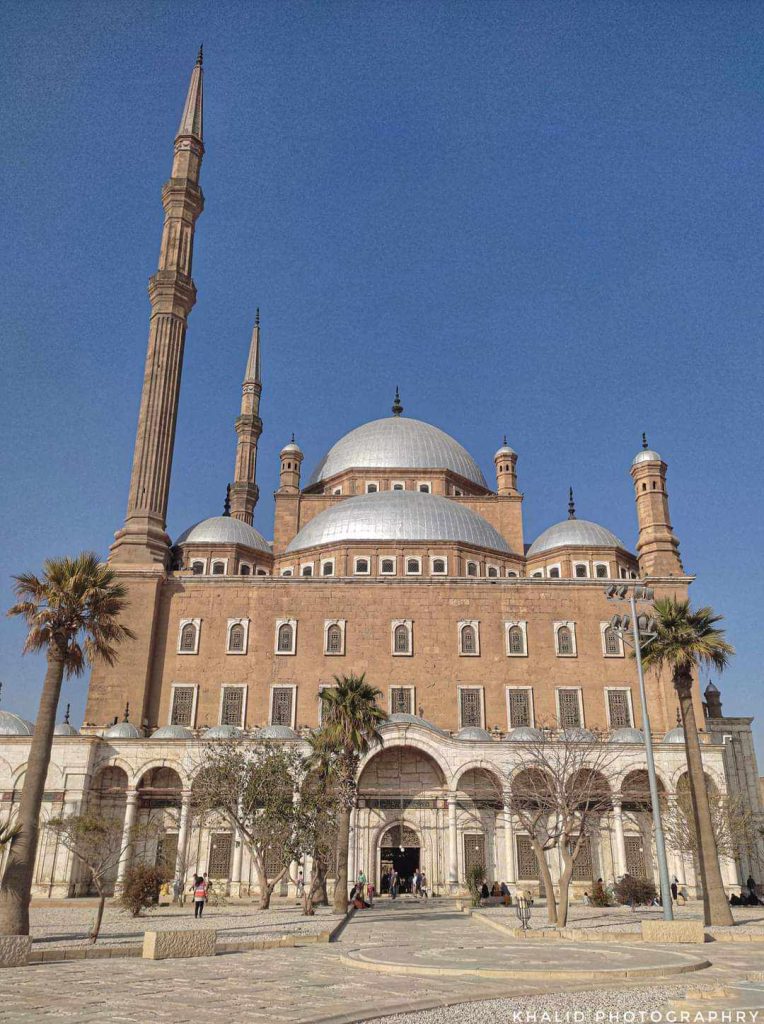An Imposing Fortress with a Rich History
The Citadel of Saladin, built in 1176 AD, is a prominent symbol of Cairo and one of the largest military complexes of the Middle Ages. Its construction was ordered by Saladin, a legendary Muslim leader who united Egypt and Syria after the fall of the Fatimids, who had ruled Egypt for over 200 years.
More Than a Fortress

The Citadel is distinguished from a simple fortress by its grandeur and its role as a residence and center of power for military and civil authorities over the centuries. It served as a home and seat of power for Saladin's descendants, known as the Ayyubids, and later for the Mamluks, a group of enslaved soldiers who rose to power following the fall of the Ayyubids.
Mamelucos: Poder e Legado:
The Mamluks, originally soldiers and mercenaries from various regions of Asia, rose to prominent positions in Egypt's political and military spheres. Eventually, they took control of the country, expelling the Mongols and halting the advance of the Crusaders.
Muhammad Ali: Massacre and Redemption
Muhammad Ali Pasha, an Albanian commander in the Ottoman army, is one of Egypt’s most influential leaders. He rose to power in the early 19th century, after the fall of the Mamluks, through a combination of military genius, political cunning, and forceful leadership. One of the most infamous events in his rise to power was the Massacre of the Mamluks in 1811. To solidify his rule and eliminate any opposition, Muhammad Ali invited the leading Mamluks to a celebration at the Citadel of Cairo. Once they arrived, his forces ambushed and killed nearly all of them, marking the end of the Mamluk era in Egypt. This brutal act solidified his position but also marked a dark chapter in Egypt’s history
The Citadel Towday
Today, the Citadel of Saladin is a UNESCO World Heritage site and one of Cairo’s main tourist attractions. Visitors can explore magnificent mosques, fascinating museums, and lush gardens, while also enjoying breathtaking panoramic views of the city.
Highlights of the Citadel of Saladin
- The Mosque of Muhammad Ali Also known as the Alabaster Mosque, this stunning Ottoman-style mosque is one of Cairo's most recognizable landmarks. Its grand domes and minarets dominate the skyline, offering visitors a glimpse into the beauty of Islamic architecture
- The National Military Museum Located within the Citadel, this museum showcases Egypt's military history, with exhibitions covering ancient, medieval, and modern periods. It provides insight into the country’s defense and warfare through the centuries.
- The Suleiman Pasha Mosque Built in the 19th century, this mosque is another fine example of Ottoman architecture, with intricate tile work and an elegant design.
- Bab al-Azab Gate The main entrance of the Citadel, with its two fortified towers, is an imposing and iconic feature of Saladin’s fortress
- Salah El-Din Hill : It offers panoramic views of the city of Cairo
Tips for Your Visit
- Dress Modestly Especially When Visiting the Mosques
- Wear Comfortable Shoes You'll Be Doing a Lot of Walking Around the Citadel
- Bring Water and Sunscreen The Climate in Cairo Can Be Hot and Dry
- Negotiate Prices If You’re Buying Souvenirs, Remember to Negotiate with the Vendors
- Respect the Local Culture When visiting the Citadel and other sites in Cairo, it’s important to respect local customs and traditions
The Citadel of Saladin awaits you for an unforgettable adventure through Egypt's military and cultural history


